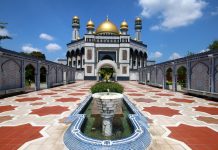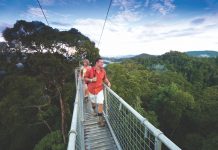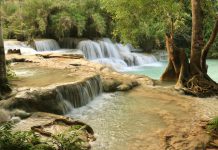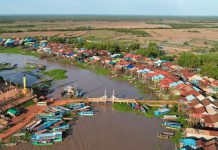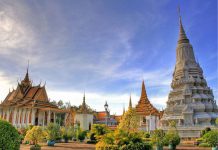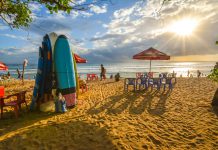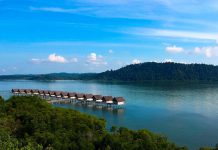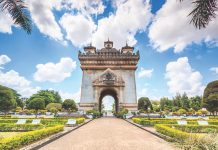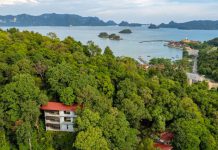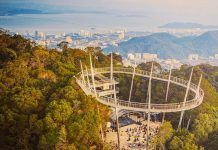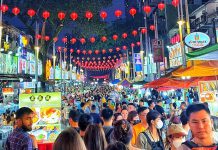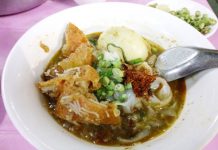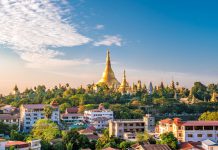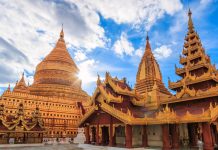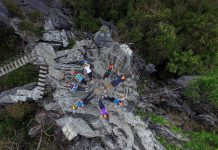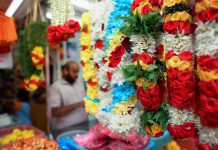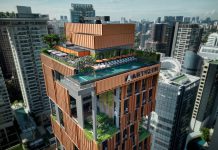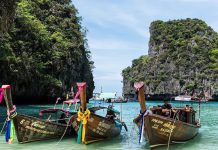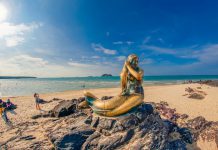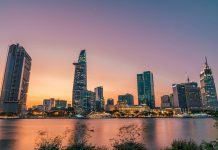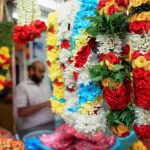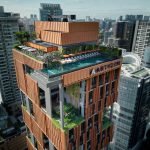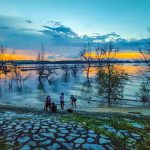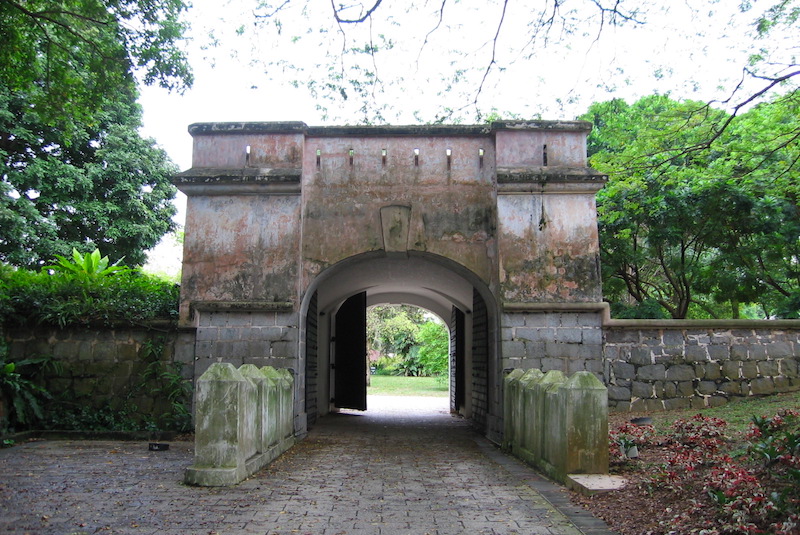
More than just a green lung in Singapore’s downtown area, Fort Canning Park is a historic garden perched on the top of Fort Canning Hill, a historic landmark.
In a former life, Fort Canning Hill was the site of the palatial resort of Majapahit kings in the 14th century and later also served as the headquarters of the Far East Command Centre and British Army Barracks, as well as the residence of colonial governors including Sir Stamford Raffles in the 19th century.
Once known as Bukit Larangan (Malay for “Forbidden Hill”), the Hill was converted into a fort in 1860 and renamed Fort Canning in honour of Viscount Charles John Canning, Governor-General and first Viceroy of India. In the 1920s and 1930s, the Hill was transformed into an artillery fort with barracks, officers’ quarters, old gunpowder magazine and a hospital. An underground bunker was also constructed during the period.
History buffs are in for a treat as the Park has colonial-era relics that offer glimpses into Singapore’s military history and the lives of early colonial settlers.
For nature lovers, there are nine historical gardens to explore: Armenian Street Park, Artisan’s Garden, Farquhar Garden, First Botanic Garden, Jubilee Park, Pancur Larangan (Malay for “Forbidden Spring”), Raffles Garden, Sang Nila Utama Garden and Spice Garden.
Be sure to check out a hidden spiral staircase at the Park which has become a hot Instagram spot among Singapore visitors (and some locals too)!
Take a walk through history at these six spots.
• Cupolas
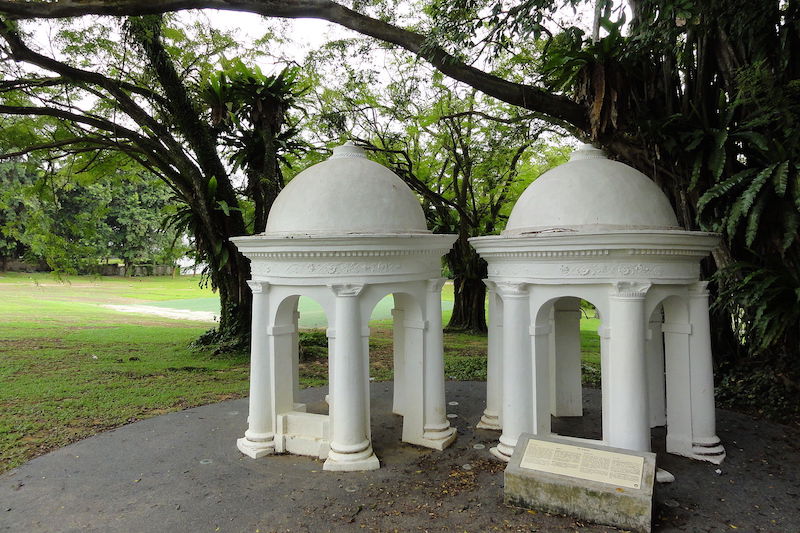
Located on Fort Canning Green, these twin dome-shaped, white cupolas were designed by George Drumgold Coleman, Singapore’s first architect and Stamford Raffles’ consultant on the first Town Plan of Singapore. Coleman also designed the nearby Armenian Apostolic Church of the St. Gregory the Illuminator on Hill Street. Coleman Street and Coleman Bridge are named after him.
It is said that the cupolas were built to serve as shelters for rest and contemplation on the hill.
• Fort Gate & Gothic Gates
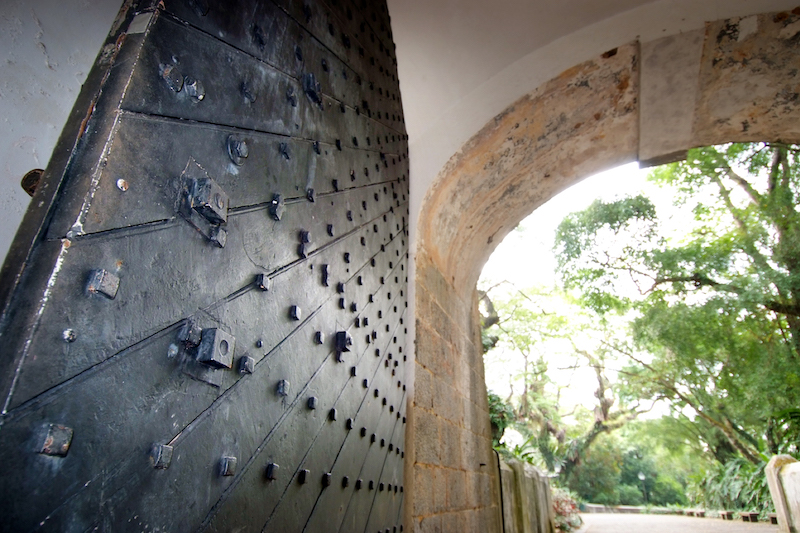
A remnant of the fortress that once occupied Fort Canning Hill from 1861 to 1926, Fort Gate was built in 1846. It served two purposes – to protect Singapore from a sea-borne attack and to give the country’s European population a refuge should a local disturbance arise.
On the other side of Fort Gate are two imposing Gothic Gates at the entrance of Fort Canning Green, which was once a Christian burial ground. Above both Gothic Gates are the letters “IHS” which stand for Iota Eta Sigma, the first three letters of the Greek word for Jesus.
• Nine-Pound Cannon
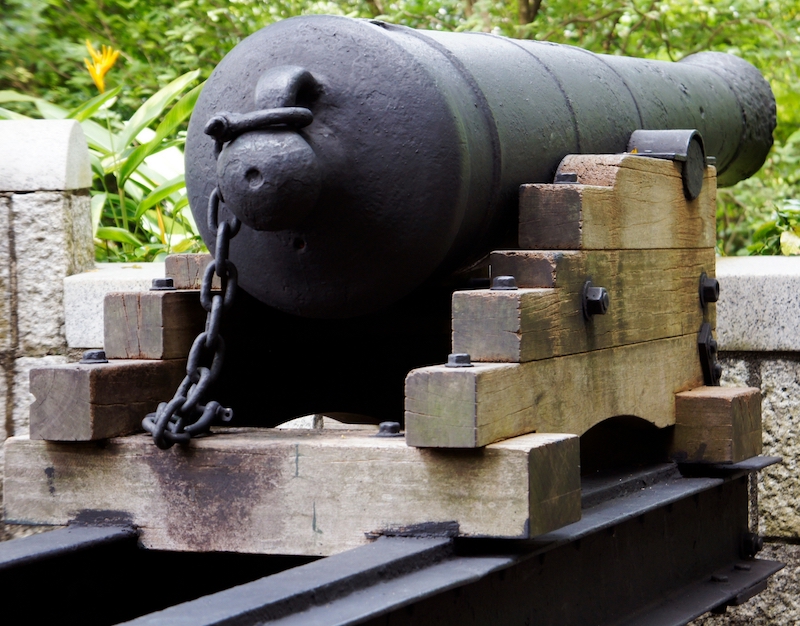
This cannon dates back to the 19th century and had become obsolete before the fortification at Fort Canning was constructed. Meant to shoot 9 pound balls, it played a decorative role rather than a defensive one.
The cannon was fired three times a day at 5am, 1pm and 9pm to announce the hour. It was also fired as a salute and warning of town fires. Next to the cannon is South Battery, the site at which the main battery of guns were mounted to defend Singapore in the 19th century.
• Raffles House
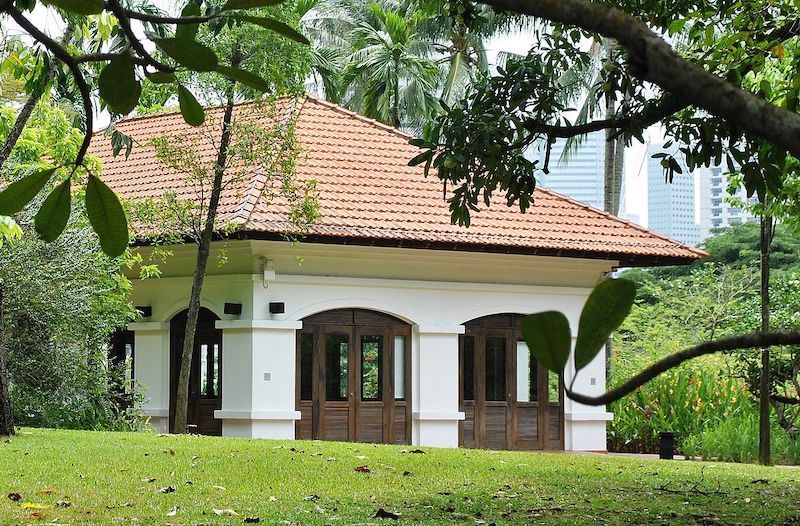
Sir Stamford Raffles built the first official government mansion near this spot at the top of the hill in 1822 during his third visit to Singapore. John Crawfurd, the second British Resident of Singapore who succeeded William Farquhar, and subsequent Residents later enlarged the house.
The front yard of the house later became the South Battery. The single-storey bungalow was also the place of residence for a long line of governors.
• Sally Port
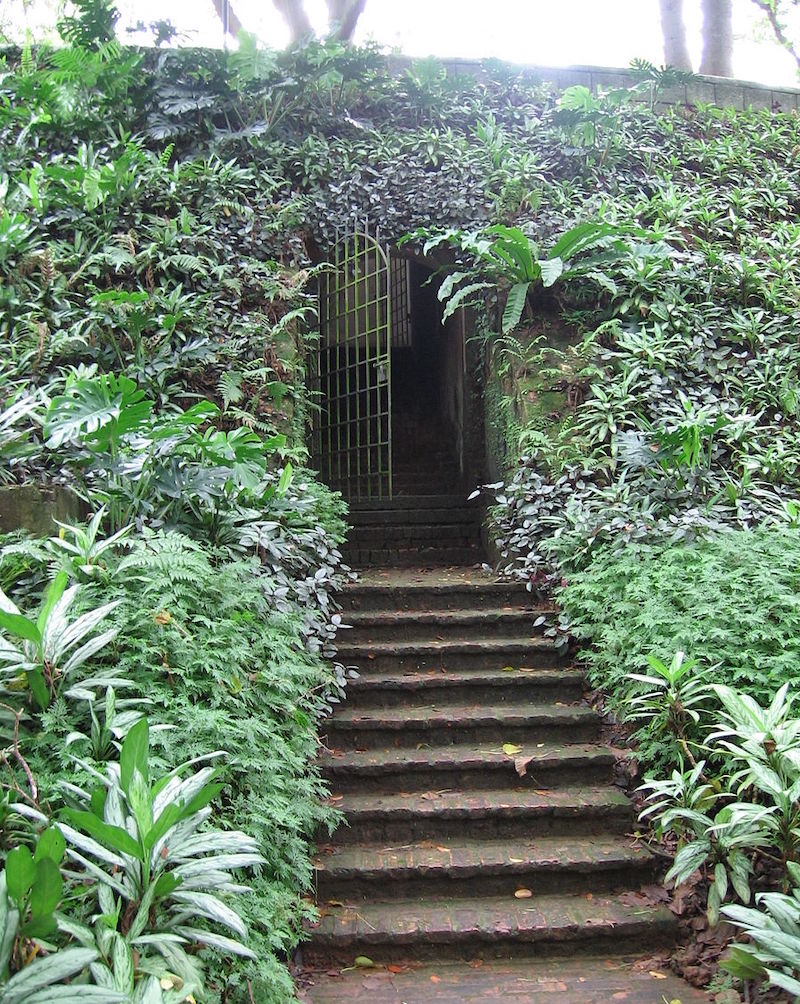
There were originally three Sally Ports on Fort Canning Hill. Today, only one remains. A Sally Port is a small door leading in and out of the fort. The other two were supposed to be located on the south side near Hill Street.
• The Battlebox
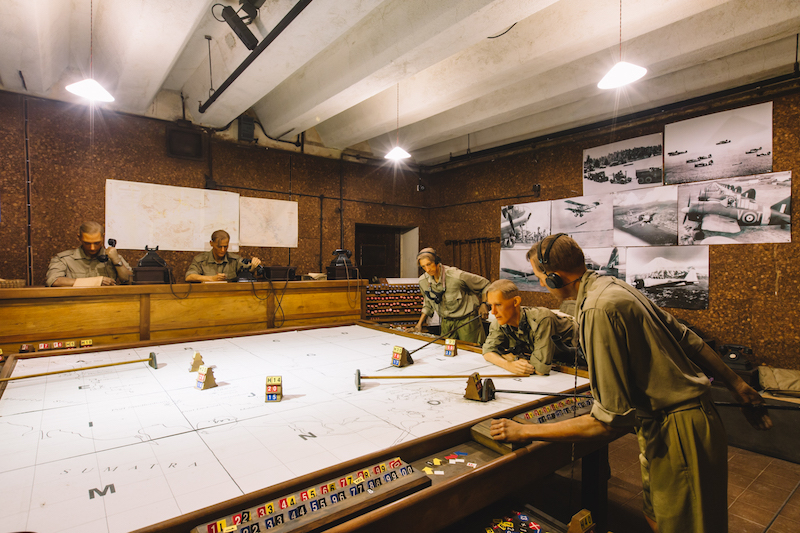
This former underground command centre that was part of the Malaya Command headquarters during World War II was where the British made the decision to surrender Singapore to the invading Japanese forces on 15 February 1942.
Join the 75-minute guided tour (“The Story of Strategy & Surrender”) to see the air-conditioned 9 metre-deep labyrinth and get a better understanding of the events leading to the fall of Singapore in 1942. Life-sized wax figures depicting important scenes in some rooms, videos and animatronics help to bring life to pivotal moments leading to the fateful day of the surrender.


